Story and photos by Sgt. 1st Class Roy Henry
Georgia National Guard
124th MPAD
CAMP ASAKA, JAPAN - Although the work carried out by U.S. forces in getting ready for Yama Sakura 55 has been intense, many have found time to experience the culture of their Japanese hosts.
More than 1,000 Soldiers, Sailors, Airmen and Marines are here participating Nov. 30 to Dec. 14, 2008, in YS55. Many actually started arriving three weeks before the exercise officially kicked off on Dec. 7, and started setting up operations. Yama Sakura is a bilateral U.S. and Japan exercise designed to better the defense of Japan and protect each country's interests in throughout East Asia.
Working out of the Japanese Welfare Center here, members of the Japanese Ground Self Defense Force (JGSDF) volunteered to spend time instructing their American counterparts in a variety of traditional oriental art and self-expression.
Some, like Staff Sgt. Angel Luciano, a logistics coordinator with Headquarters Company, 8th Theater Sustainment Brigade based at Fort Shafter, Hawaii, chose to experience the art of calligraphy. Luciano, who hails from San Juan, Puerto Rico, worked with Sgt. 1st Class Kazuku Harahima, a shooting coach at the JGSDF's Physical Training School.
It took a couple of tries, but with Harashima's guidance and patience, he was able to write a few Japanese characters. Luciano said he knows people back at Fort Shafter who practice calligraphy, but for him, it's something completely new. Japanese calligraphy or "Shodo," Harashima said, is the art of "writing beautifully."
"It is a most popular hobby among Japanese adults," she explained. "It's not just penmanship, but the way, or path of writing."
With slow, but sure strokes of his "fude" or brush, Luciano was able to recreate the Japanese characters, known as "kanji," for the word Samurai.
"Who'd a thought I'd be learning it from a people who use it so elegantly as an art form," he said. "Sergeant Harashima's great patience make her a great teacher."
While some put paint brushes to paper, others put them to use decorating traditional Japanese clay pots. Still others, in another room of the Welfare Center, took an interest in learning to don the Kimono and dress in Japanese fashion.
Sergeant 1st Class Rhonda Hart, Administrative NCO for the Secretary General Staff - U.S. Army Pacific at Fort Shafter, sat down with 1st Lt. Toshyasu Karinuma, a JGSDF Eastern Army logistics officer, to learn the art of paper folding or Origami. Broken down, Origami is from "oru" meaning "folding," Karinuma explained, and "kami" meaning paper. Working step-by-step under his direction, Hart's creation, the well-known Japanese crane, took shape.
"I've always wanted to do this," she said, while trying intently to get the folds that make the bird's wings right.
"It certainly takes a lot of practice, but if you end up with something beautiful that you made with your own hands," Hart said, holding her crane delicately between two fingers.
To enhance the cultural experience for their American friends, the Japanese held several shows demonstrating traditional dance and martial arts - such as Kendo, the art of Samurai swordsmanship, and Akido, the art of grappling - and drum playing in the post Friendship Hall.
Others had the once-in-a-lifetime opportunity to experience the delicate intricacies of a traditional Japanese tea ceremony.
And food...oh, the food! Who could come to Japan and not sample the country's delicacies' There's
Traditional barbeque, ramen, curried meat and rice, and nearly any kind of noodle dish one can think of, just to name a few, are available.
Certainly not Sergeants William Russell and Russell Bell, both with the Tennessee National Guard's 230th Sustainment Brigade out of Jackson, Tenn. Russell, a satellite com-munications operator from Jackson, and Bell - a multi-communications specialist from Memphis - have spent many a lunch hour eating at the Japanese restaurants on post.
"This is our first time in Japan, and there's been nothing like experiencing the foods the Japanese eat," Russell said with a wide smile.
"Definitely," Bell chimed in. "I don't know any other place I've ever been that I've enjoyed eating so many different thing."
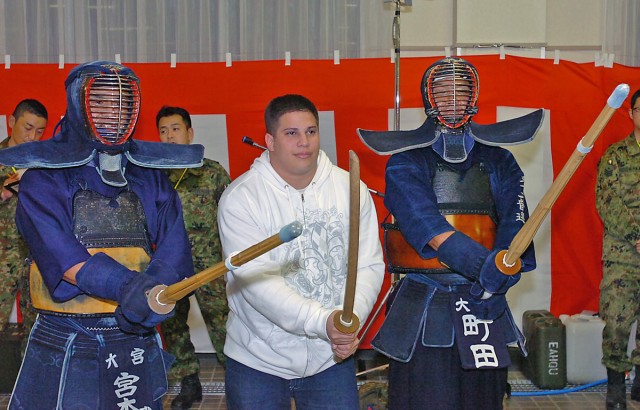
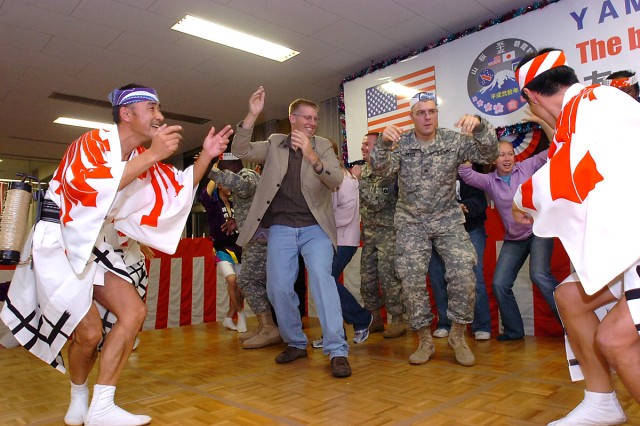
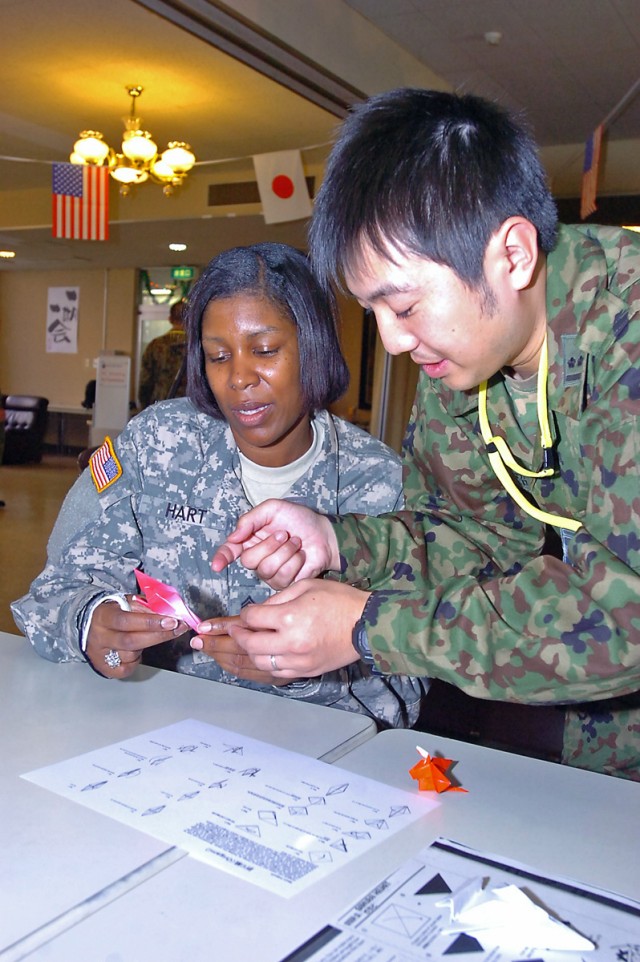
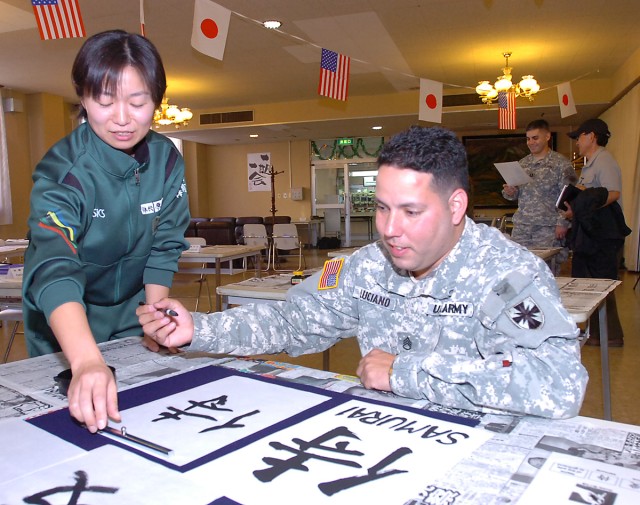
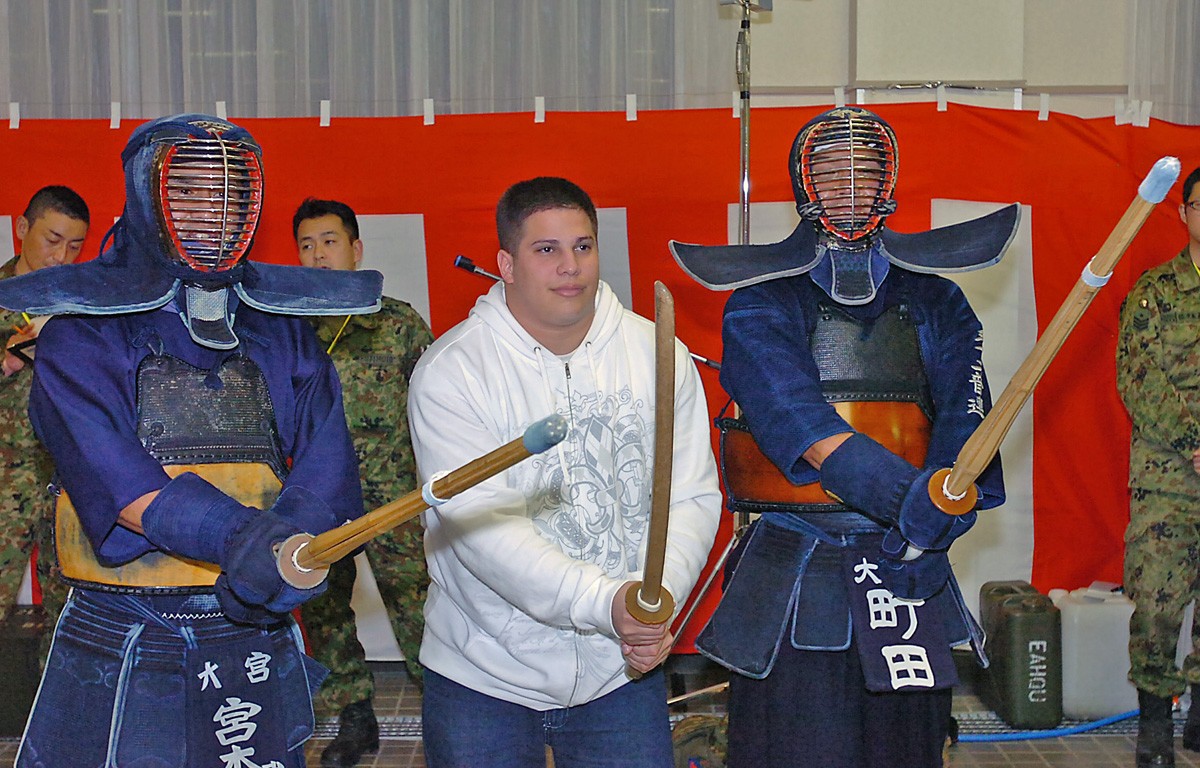
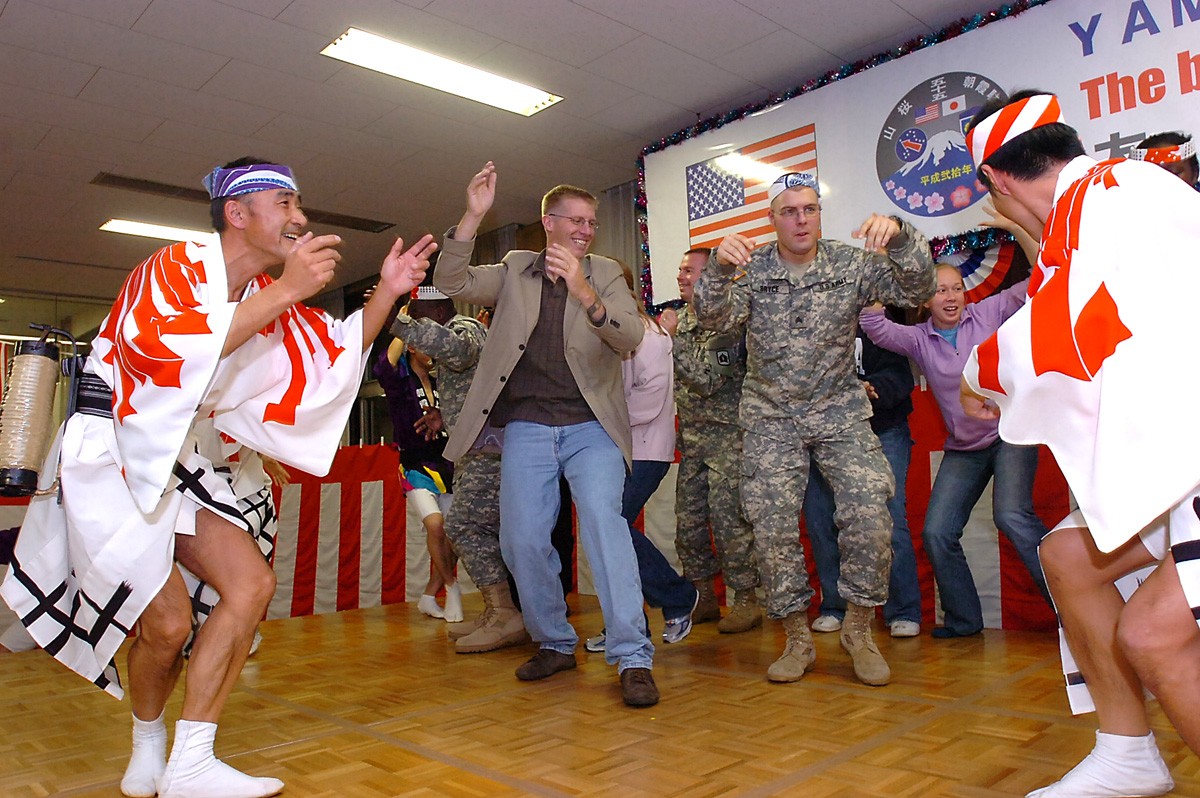


Social Sharing